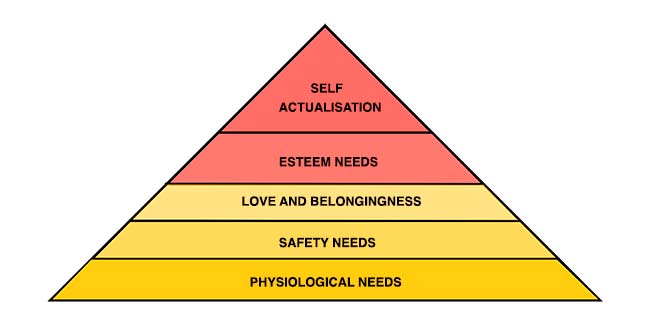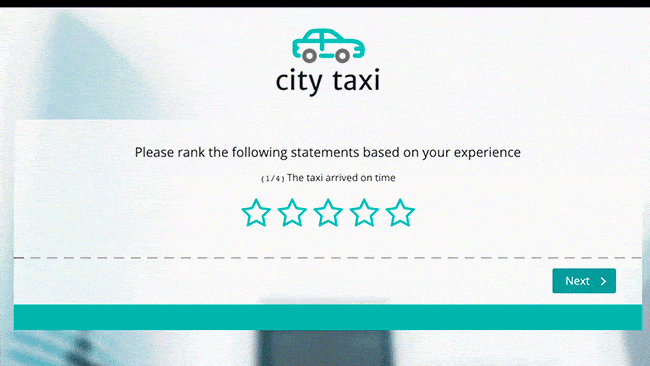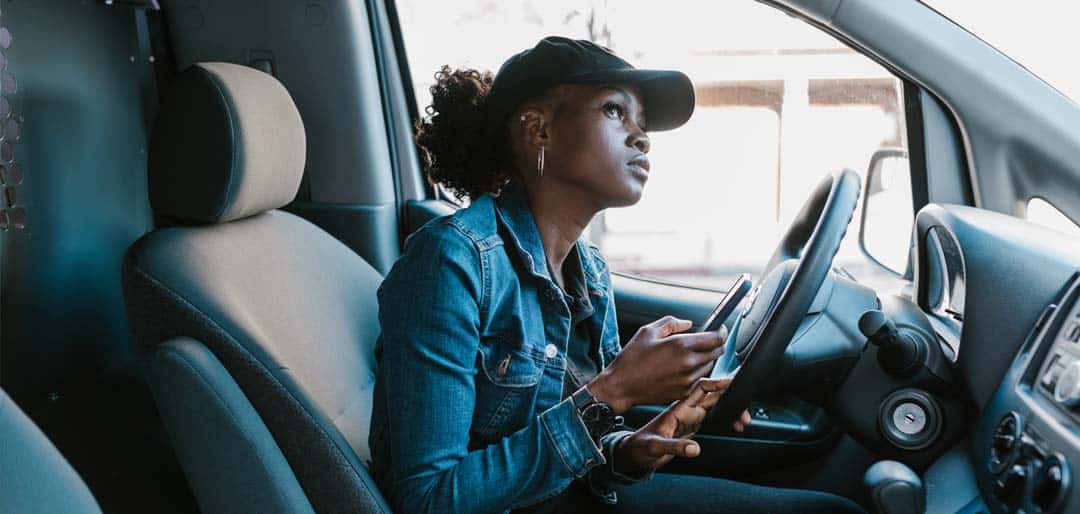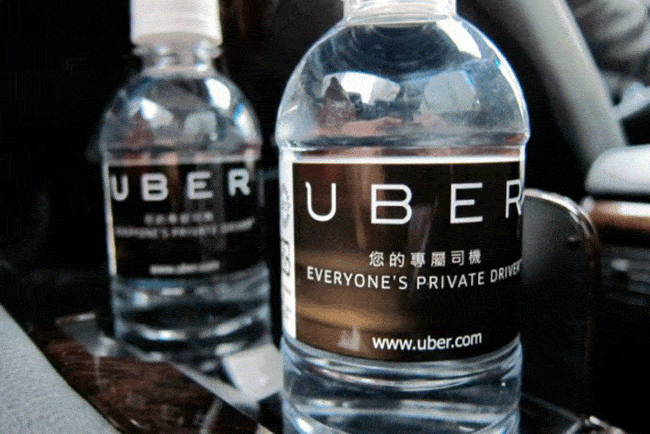Falling in love is addictive. Those of us who have ever fallen in love find it hard to explain how it happened and why. It is undoubtedly one of the best feelings there is, and yet it is difficult to explain rationally. Many of us spend a large part of our lives looking for love,...
Falling in love is addictive.
Those of us who have ever fallen in love find it hard to explain how it happened and why.
It is undoubtedly one of the best feelings there is, and yet it is difficult to explain rationally.
Many of us spend a large part of our lives looking for love, falling in love, trying our best to stay in love and to be close to the people we love.
We love not only people; we love cars, some love places, others love food or films. People can love a multitude of things.
But wait, why are we talking about love in an article dedicated to the customer experience?
Quite simply because the best customer experiences are very similar to love. They are extremely tough to design, but when you get it right, you can make your customers love you for life. And the reason why it is so challenging to create an exceptional customer experience is very simple.
Experiences are all about human interactions. There are scientific explanations, but above all, it’s about emotions.
And as we can see in Maslow’s triangle, emotional needs transcend physical needs.

Customer experience has become so important in recent times that several firms of analysts regularly publish indices. The Forrester’s US Customer Experience Index covers a significant proportion of industries such as airlines, hotels, insurance, etc.
But what happens if you’re not a service company, but rather an organization like AirBnB, Uber or WhatsApp? Who does the customer talk to when WhatsApp doesn’t work or when the Uber App is not responding?
How does Uber deliver an excellent customer experience?
Welcome to the world of product experience – a subset of customer experience, highly appreciated by design specialists, and of immense importance to organizations that cannot afford (or do not want) to spend a lot on marketing or customer service.
Product experience is what the consumer remembers about the product through the various stages of interaction with it (purchase, first use, current use, abandonment, etc.).
From the experience point of view, the three dimensions within which a product must perform are:
- the functional,
- the sensual,
- and the emotional.

These aspects are independent of the economic dimensions of the product such as the cost, price or efficiency of production (which are equally important attributes).
1 — Functional experience
The question that any product must answer is: what is the basic functional human need the product is intended to meet?
Is it a need for transport, for accommodation, for knowledge or something else?
We often speak of the functional value created by the product.
2 — Sensual experience
Nobody loves unattractive cars irrespective of the speed they can achieve. Beauty is a matter of taste, but things must be pleasant to see and hear.
Some even believe that a smell can evoke an experience (aromatherapy in hotels, spas or restaurants is a good example). As a matter of fact, people rarely judge a book by its cover.
So make sure you tell a great story that solves a big problem, but be sure that it is beautiful and appeals to the senses.
3 — Emotional experience
What emotional response does your product evoke in its user?
A sense of power, well-being, belonging, attachment, aversion, pleasure or pride?
Taking into account the wide variety of customers you want to reach in a B2C universe, there is no single formula.
You must invest time in studying your customers’ reactions within the environment in which they are likely to use your product.
Providing a Memorable Customer Experience
This is the cherry on the cake, the Holy Grail, the proof that your product experience is effective.
Does your product create a memorable or unforgettable customer experience based on the three dimensions above?
To answer this question, create a questionnaire made up of ratings designed to assess the three dimensions of your product (functional, sensual and emotional experience) in real terms and determine the memorability of your product experience.

This type of questionnaire will provide you with an excellent means of quantitative measurement of the product experience, allowing you to estimate how successful it is likely to be with your target market.
So, while mapping the customer experience can be a good way to anticipate the contact points and the reactions of your consumers to your services throughout the product life cycle, a product experience measurement system can help you to improve the experience and therefore the attractiveness of your product to your customers by quantifying the different aspects of the experience.
In a nutshell, an exceptional product experience can evoke genuine loyalty in your customers.
Why does Uber deliver the best product experience?
To demonstrate why Uber provides a remarkable product (and customer) experience, I suggest we simply compare the experience offered by a traditional taxi service and that provided by Uber.
| TAXI | UBER | |
| 1 |
The client must hail the taxi from the roadside (if he sees one, the driver may not see him, or the driver may not wish to stop).
|
One click on your smartphone and the car is on its way. You immediately receive notification of the arrival time, a picture of your driver, his car and the reviews that other travellers have given him.
|
| 2 | A car finally stops (no guarantee as to the condition and cleanliness of the vehicle). |
Your driver arrives exactly where his GPS told him you would be. The car is clean, and the driver does his best to offer you a pleasant welcome.
|
| 3 |
At the end of the journey, you pay the charge shown on a meter. You don’t know in advance what price you’ll pay.
|
Upon arrival, the driver will thank you. Your credit card is charged automatically, and at a reasonable price for the trip. Important note: you knew in advance to within 1 or 2 euros the price you were going to pay.
|
| 4 |
There is no way to give feedback. If, however, you want to phone the taxi company to share your experience there is a slim chance that it will take some action.
|
When you leave the vehicle, the driver evaluates you, and you evaluate him in turn. In this way, the best customers travel with the best drivers. The data gathered are also used to monitor the overall quality level.
|
Like the booksellers or the travel agencies that went before them, the taxi industry hasn’t succeeded in breaking new ground in its approach to customers.
Instead of investing in improvements that could have removed some of the irritations that their customers experience, they have almost always chosen not to evolve and to stay as they were.
Meanwhile, Uber has arrived…
The start-up has invested heavily in the sticking points of the customer experience so as to disrupt the taxi market.
Fundamental principles of great Customer Experience
Here are the principles they apply and some concrete examples, always in comparison with the traditional taxi services:
1 — Remove the irritations
No more need to stand waving on the pavement, no more long waits, lower charges and clearer pricing, and an end to grumpy drivers.
Customers expect, more than ever before, simple and quick processes. If you don’t take account of this, you will quickly be replaced.
2 — Offer transparency
Your Uber driver is called Julien. He is driving a C-Class Mercedes and will arrive in 2 minutes.
The technology to keep customers informed in real time exists and should be made use of whenever possible.
Whether it is tracking a UPS shipment or the number of steps required to make an online purchase, knowing when and why an order will be on time or late (or any other relevant information available about a product or service) allows you to meet the expectations of your customers more effectively.
3 — Use customer feedback as though it were currency
How would you evaluate your experience with your Uber driver? Why?
Give customers and employees alike the chance to be heard and make good use of the feedback.
In the case of Uber, feedback is a fundamental element in the experience which ensures that the best (customers and employees) get the best service.
4 — Establish strong relationships with people
Thank you for the journey, see you again soon!
Customers are human beings, and the companies that serve them are made up of human beings too. Making things simple and transparent doesn’t mean sacrificing the human factor.
In fact, technology makes it much easier to put the emphasis on encouraging human contact. How do you ensure that this is VIP contact? This is where feedback becomes vital!
And you, what do you do to make sure your customers love you and feel loved? Which companies inspire you the most?










